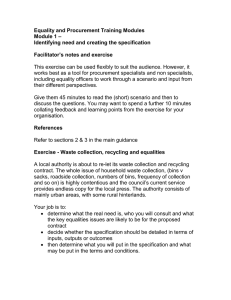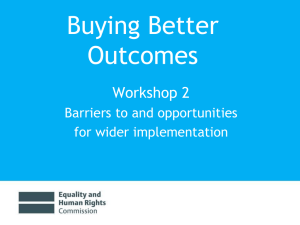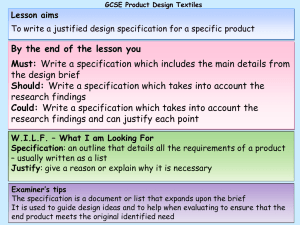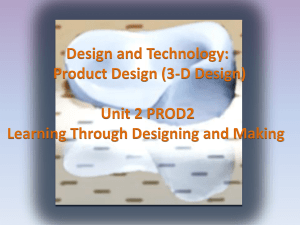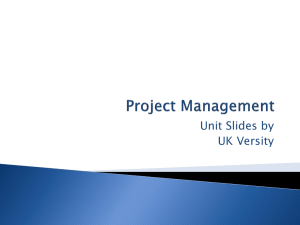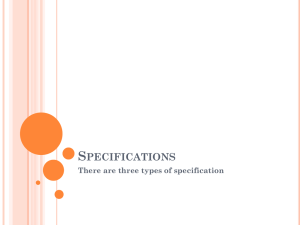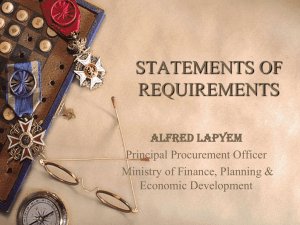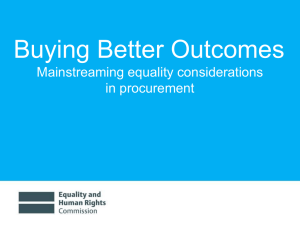powerpoint - Equality and Human Rights Commission
advertisement
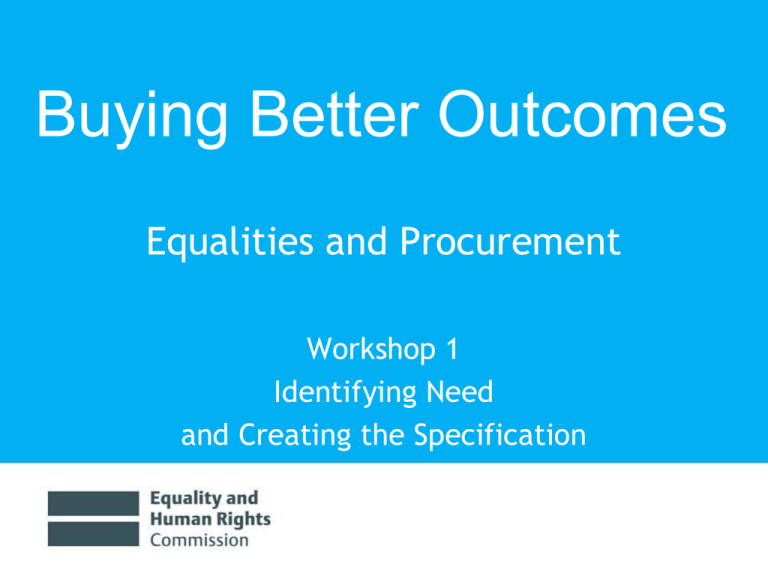
Buying Better Outcomes Equalities and Procurement Workshop 1 Identifying Need and Creating the Specification Identifying need • Equalities issues should first be considered at this early stage of the procurement cycle to identify relevant equality requirements. • This should be driven by your local knowledge of your communities and/or clients • Assessing the likely impact on equality of the goods/services is a useful way to identify need and start to develop the specification • To achieve value for money, be clear about what you want to ‘buy’. Is there a relevant equality requirement? • Consider whether equality considerations need to be a core requirement, depending on relevance Identifying need • If equality issues are highly relevant to or are the subject matter of the contract it should be included as a core requirement and is best dealt with through the specification. • Other requirements can be dealt with by including a clause in the terms and conditions of the contract, where relevant. Or maybe on a voluntary basis in agreement with the contractor, depending on their relevance to the outcomes being sought from the contract. • You will need to make a judgement as to the level of application you wish or need to make. WIDER BENEFITS Opportunity to : - add value to the contract - contribute to the wider social aims - encourage wider participation ADDITIONAL REQUIREMENTS equality is not main subject matter of contract but is relevant because service or good is used by diverse users PRIMARY equalities is subject matter of contract – service or good to meet specific equality criteria Identifying need • Equality is more likely to be relevant to contracts for services delivered directly to the public (or a section of the public) because service users are often diverse. • Examples of this include: housing management, transport, children’s and adult services and most/many of the services that GPs will be commissioning. Identifying Need • Goods and services that may be procured are varied: For example, bailiff services, car parking, transport of prisoners, and provision for special education needs. • Goods may be used by a wide range of users and staff – for example ICT equipment and software, street furniture, and for staff, uniforms and vehicles. Always think about accessibility for disabled people and the public in general when awarding contracts for capital projects. Identifying need • Review your past and current provision • Has it discriminated against some groups in practice, or not met their needs? • What do differences in service take up or satisfaction levels indicate? • Are there alternative ways of specifying the service or product? • Have cuts in service had a (differential) impact? • Consider current and likely demographic changes • What other trends are impacting on service delivery? Identifying need • Consider the whole range of protected characteristics – don’t assume ‘one size fits all’ • Remember there is diversity within each protected group e.g. older women, Asian men or young disabled people. • Ensure all relevant stakeholders are engaged /consulted on these issues at this stage • • • • • existing/ new service users existing networks and forums non service users the current service provider the officers responsible for current arrangements • Use existing mechanisms and information wherever possible to avoid consultation overload Specification When drawing up the specification: • Have you got and considered all the information available? - Be clear as to what the equalities-related requirements are and how they will be evaluated and measured • You should be able to verify, monitor and evaluate whatever you specify • Has the likely impact on equality been considered? • Does the specification continuous improvement and change – e.g. the changing demographics of your communities? Specification • Think about what kind of specification to use: outcome (functional) output (performance) input (technical) • In reality the specification will probably be a combination of all three because there will be certain parameters you have to lay down. • Generally, specifying outcomes and outputs is better than inputs as it allows for more innovative responses. • Remember you are using the specification to set out explicitly what you want the contractor to do Specification • You can specify • positive action e.g. specific action where there is evidence of a group being underrepresented. • workforce requirements e.g. language skills • community benefits e.g. improved access to skills, services etc. • The important thing is to identify the right benefits in terms of equality that this procurement can bring which should relate to the subject matter of the contract. • Remember that this is about all parties clearly understanding the needs identified and provides the structure for it to be delivered by the contractor to your requirements. Exercise Waste collection, recycling and equalities Your job is to: • determine what the real need is, who you will consult and what the key equalities issues are likely to be for the proposed contract • whether the specification should be detailed in terms of inputs, outputs or outcomes • then determine what you will put in the specification and what may be put in the terms and conditions.
